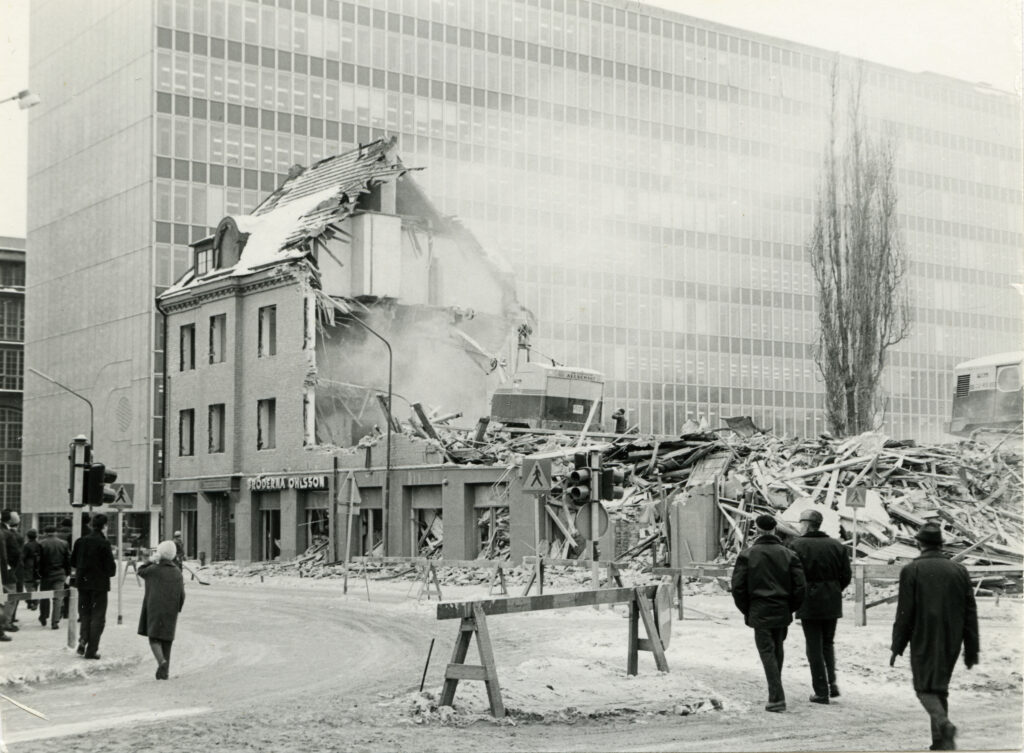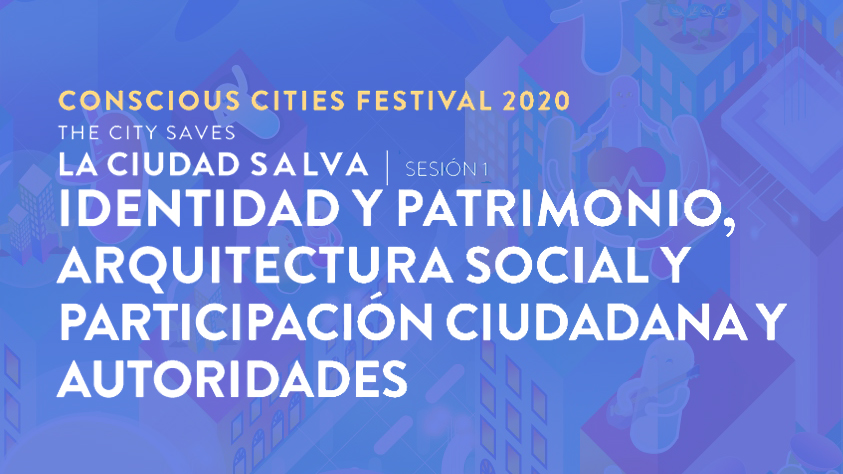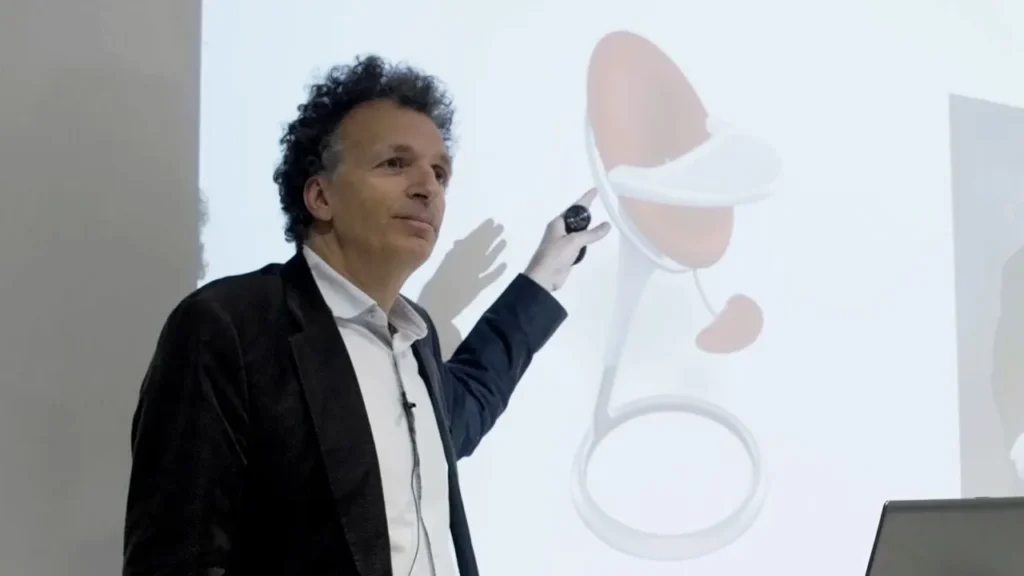What if our buildings made us healthier? What if we looked at them as living, breathing investments in the human experience instead of one-time costs? What would happen if we did?
Let’s start with the notion of shelter. Why do we build it in the first place? By definition, shelter protects us from the elements. It offers us refuge and houses our lives. More importantly, shelter becomes a lasting cultural mark we construct for generations to come. Today, we spend over 90% of our lives indoors. With global shelter in place orders we’ve witnessed as a result of COVID-19, this number jumps even higher. It’s time we redefine what shelter means for us in the 21st century. While we’re at it, let’s reframe what we should expect our buildings to do for us. What if shelter went beyond protecting and housing our lives to actively improving our existence? What if the over 90% of our lives we spend indoors did something more for us?
Whether we are aware of it or not, our surrounding environment is continuously impacting our biology. The built environment forms an essential base layer in our lives, similar to the operating system on a computer or smart device. In every space we inhabit, our five senses are continuously taking in real-time environmental data. It’s as if our surroundings are live-streaming directly to our brains and bodies. From the direction and quality of the lighting, down to microscopic changes in indoor air quality (something that can be optimized to mitigate the spread of diseases such as COVID-19), each variable impacts us measurably. Adding it all up, we begin to understand just how significant of a role the built environment plays in our health and everyday lives. Thankfully, through the latest science, research, and technology, we’re able to quantify its impact more than ever before. This increases our ability to fine-tune the design and technical parameters of buildings to improve lives. We can now capture and quantify data and insight on what we design in real-time using biometrics. With the use of virtual reality, we’re able to optimize design and predict outcomes before a building is even built. These data streams can be channeled into further optimizing building design through the use of feedback loops.
Looking at the significant economic impact of COVID-19, the relationships between population health and the economy have never been more clear. From this, we’re seeing a rise in ESG (Environmental, Social, and Governance) investing. The pandemic has also further illuminated the way business and health are interconnected. More than anything else, these types of situations remind us just how vital elements such as shelter are to our health.
Now more than ever, we must look at buildings and their economic value in a new light. More than this, we need to redefine how their ‘value’ is added up to begin with. Up until now, buildings have mostly been looked at as one-time costs. Bigger picture metrics such as return on investment (ROI) related to building impacts (human impacts, operation/maintenance costs, environmental impacts, etc.) are largely unconsidered in the planning and decision making processes behind them. Increasing research to date demonstrates the measurable impact of building design on the people, operations, and resources of an organization. A building’s impact on human capital is not only one of its most significant impacts, but it’s also the biggest missed insight in the decision making processes behind design and construction. Further underlining this, design and construction costs are only a small fraction compared with human capital and operations costs over a building’s lifecycle. Connecting these links is critical in developing a plan that engenders elevated outcomes through building design. If we want our buildings to do more for us, we must look at them as though they actually can.
We live in an age where it’s possible to make the notion of human capital more quantifiable than it currently is. “Human capital” is defined as an ‘intangible’ asset or quality that isn’t quantified on a balance sheet and is related to the economic value of what people bring to an organization. To quantify this metric as it relates to building design, we can pose scenarios. If the built environment I work in augments my health and wellbeing, how much more effective am I at what I do? Utilizing inventive research methodologies, we can quantify a building’s impact on health and human performance to help answer this question. It’s now possible to measure how mucheach design decision contributes to improved outcomes. In isolating the right variables, we can unearth the degree to which humans are able to do better at what they do because of their environment. Ultimately, we can come to define just how much the design of buildings is able to elevate outcomes in both the users and organizations that inhabit them. This example is just one of many other building types and uses.
When we look at a building as a strategic asset tied to human outcomes instead of a one-time cost, the value of channeling resources into optimizing its design becomes more clear. A better-built environment, and buildings that both actively and passively support our health, don’t necessarily have to cost more. The visioning and processes behind them simply need to have proper goal alignment. When we’re able to quantify the true value of a building based on its significant impacts, we can then reshape the vision and goals of building design. With project teams aligned on achieving improved human outcomes through design, the sky is the limit for improving lives. From here, the vision-to-reality process can be enriched with meaningful insight from subject matter experts. In this process, design teams are empowered to make optimal design decisions aligned with the vision. This allows measurable positive outcomes to be fostered through the final built product.
So enter this: buildings that dynamically support us, acting as living investments in our health. Structures that provide resilience to changing conditions. Spaces that are perpetually optimized through feedback loops. Think this is far off? With the right vision and action, this can be a reality today.








